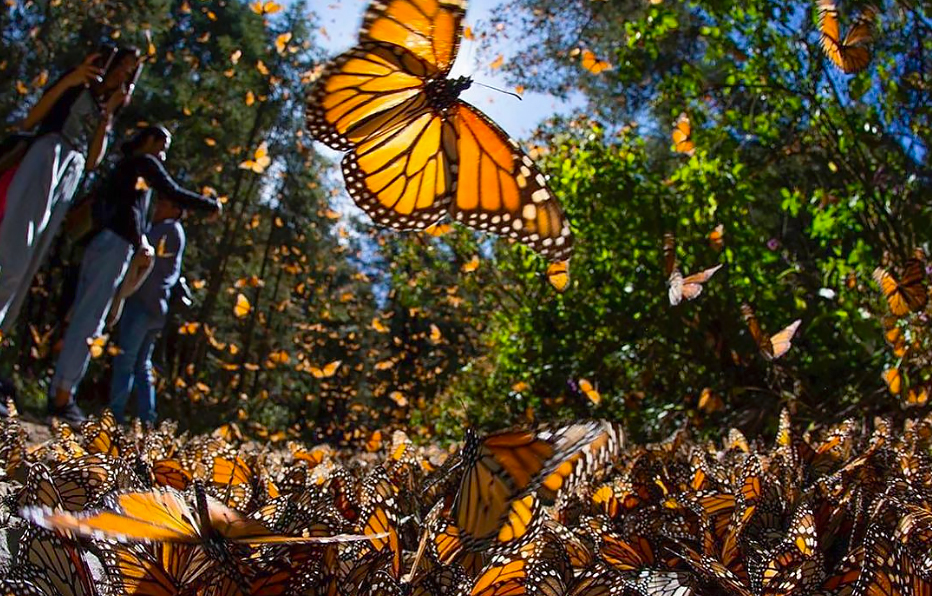About 75% of all flowering plant species need the help of animals to move their heavy pollen grains from plant to plant for fertilization. • About 1,000 of all pollinators are vertebrates such as birds, bats and small mammals. Most pollinators (about 200,000 species) are beneficial insects such as flies, beetles, wasps, ants, butterflies, moths and bees.
How you can help
Eliminate toxic pesticides and fertilizers in your yard and get involved in protecting open spaces from development in your community.
Create pollinator-friendly habitat in your yards and communities with native flowering plants that supply pollinators with nectar, pollen and room for nesting. For information on what to plant in your area, download a free eco-regional guide online at www.pollinator.org.
To guarantee plants fit in the ecosystem where you live in a natural way that will attract pollinators, ask nurseries and garden centers for straight native species as opposed to cultivars. A cultivar is a human-bred variety of a native plant that has been selected, cross bred, or hybridized for more “desirable” characteristics. The problem is that some of the traits humans find attractive in cultivars can actually make the plant less attractive to pollinators.
Environmental benefits of pollination
Flowering plants produce breathable oxygen by utilizing the carbon dioxide produced by plants and animals as they respire. Levels of carbon dioxide in the atmosphere have been rapidly increasing in the last century, however, due to increased burning of fossil fuels and destruction of vital forests, the “earth’s lungs.” Pollinators are key to reproduction of wild plants in our fragmented global landscape, according to the U.S. Forest Service. Without them, existing populations of plants would decline, even if soil, air, nutrients, and other life-sustaining elements were available.
Flowering plants help to purify water and prevent erosion through roots that hold the soil in place and foliage that buffers the impact of rain as it falls to the earth. The water cycle depends on plants to return moisture to the atmosphere, and plants depend on pollinators to help them reproduce.

